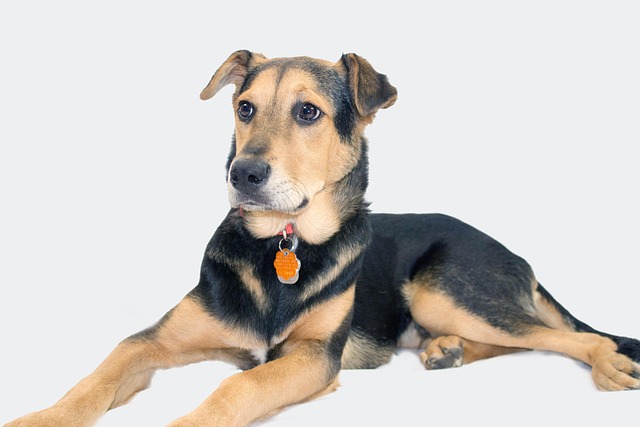
How can I tell if my dog's heatstroke is serious
Let’s be real: It’s a sticky August morning in Los Angeles, and you took your 2-year-old Golden Retriever, Max, for a walk a little later than usual
Bringing home a new dog—whether a playful puppy or a calm adult—comes with a mix of excitement and jitters, especially when thinking about that first time you’ll step out the door without them. Their big eyes following your every move, paws tapping nervously as you grab your keys—it’s enough to make anyone second-guess leaving. But figuring out the right duration isn’t just about guesswork; it’s about reading their cues and building trust step by step.
For puppies under six months, their tiny bladders and curious minds mean short bursts are key. especially rescues, might handle a bit more, but 30 minutes is a safe starting point. Watch how they act when you’re gone: do they scratch the door, whine, or settle down with a toy? Those signals tell you if you’re pushing too fast.
Building up slowly is smarter than jumping into long absences. Add 5 to 10 minutes each time, as long as they stay calm. Leave out a puzzle feeder with treats to keep their brain busy, or a worn t-shirt with your scent—familiar smells can ease anxiety. In places like Sweden, where dog welfare laws are strict, leaving a dog alone for excessive periods can result in fines, so checking local regulations matters. The UK’s Animal Welfare Act also emphasizes providing adequate care, including companionship.
 Separation anxiety isn’t just about sadness—it can lead to destructive behavior, like chewing furniture or digging at carpets. If your dog starts panting heavily or pacing before you even leave, take a step back. Shorten the time apart and try leaving a low-volume radio on—human voices can create a sense of presence. Some owners in urban areas use pet cameras to check in, which helps them adjust the routine based on what they see.
Separation anxiety isn’t just about sadness—it can lead to destructive behavior, like chewing furniture or digging at carpets. If your dog starts panting heavily or pacing before you even leave, take a step back. Shorten the time apart and try leaving a low-volume radio on—human voices can create a sense of presence. Some owners in urban areas use pet cameras to check in, which helps them adjust the routine based on what they see.
Older dogs or those with health issues might need more frequent breaks. A senior lab with arthritis, for example, shouldn’t hold their bladder for hours. Planning walks before you leave and after you return can make longer stints easier. In Germany, many rental properties have rules about dog ownership, including limits on alone time, so it’s worth reviewing your lease or local ordinances.
Remember, every dog is different. A high-energy border collie might struggle with boredom after an hour, while a laid-back bulldog could snooze through three. The goal is to make alone time stress-free, so they associate your departures with positive outcomes—like a treat when you leave and a fun walk when you’re back. Rushing the process often backfires, leading to habits that are hard to break.
In the end, trust your instincts. If your gut says they’re not ready for an hour, stick to 45 minutes. And when in doubt, ask a vet or a certified dog trainer for advice—they can tailor recommendations to your dog’s personality and needs. After all, a happy, relaxed dog when you’re apart makes coming home that much sweeter.

Let’s be real: It’s a sticky August morning in Los Angeles, and you took your 2-year-old Golden Retriever, Max, for a walk a little later than usual

You're enjoying a summer afternoon at the park when you notice your dog has stopped panting and appears disoriented - their gums are bright red

Let’s paint the picture: You’re in your Denver apartment, watching your 4-year-old Boston Terrier, Ruby, plop down mid-play session with her favorite toy

Many dog owners notice their pets nails seem shorter after regular walks,but how much does this daily activity actually help?The answer depends on where you walk—concrete sidewalks or asphalt streets gently file nails as a dog's paws hit the ground

Most dog owners notice their pup scooting across the carpet at some point, but few connect it to impacted anal glands. These small sacs near a dog’s rectum secrete a scent for marking territory

Most vets agree that regular dog teeth cleaning is key to avoiding painful dental issues later. For healthy adult dogs, a professional cleaning at the vet’s office every 12 to 18 months usually works well.